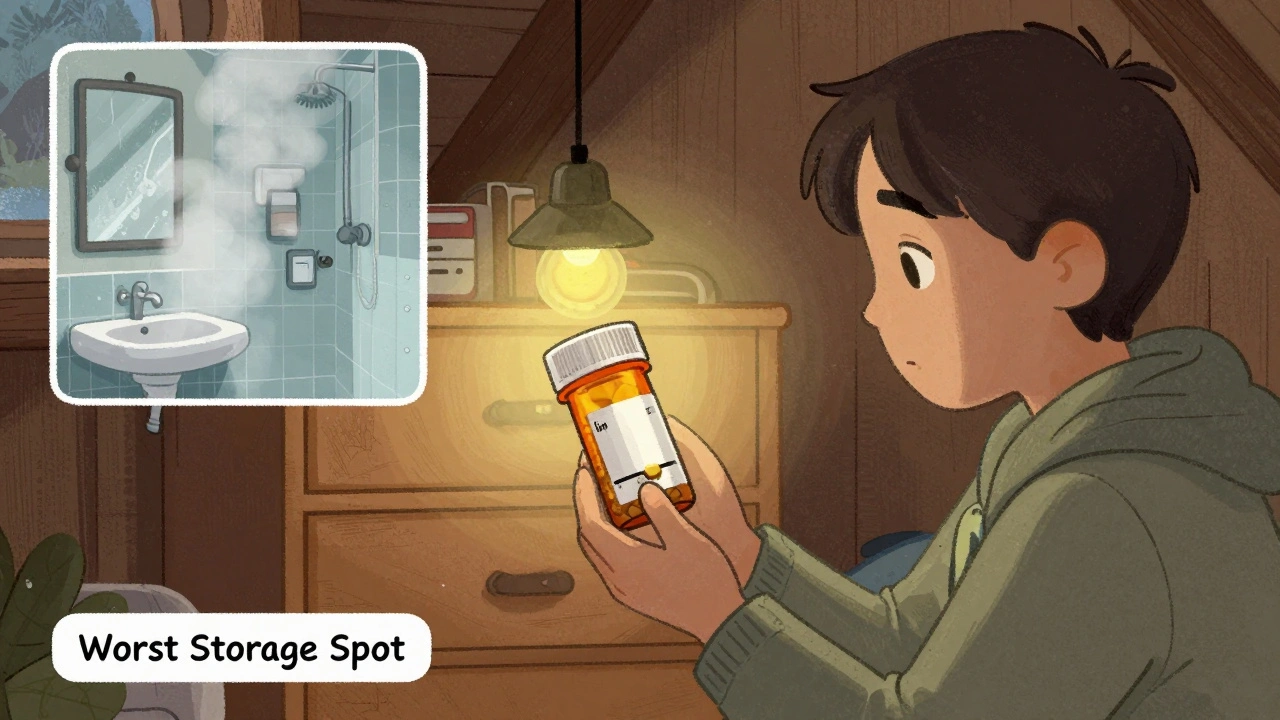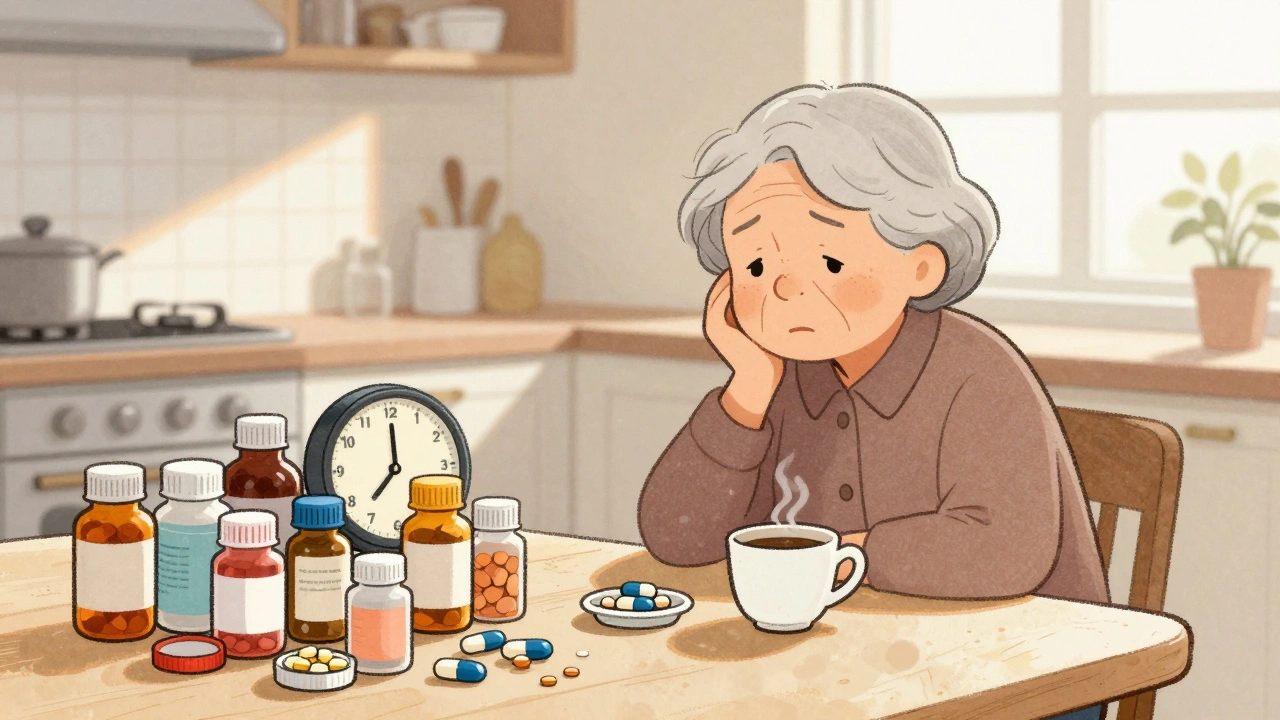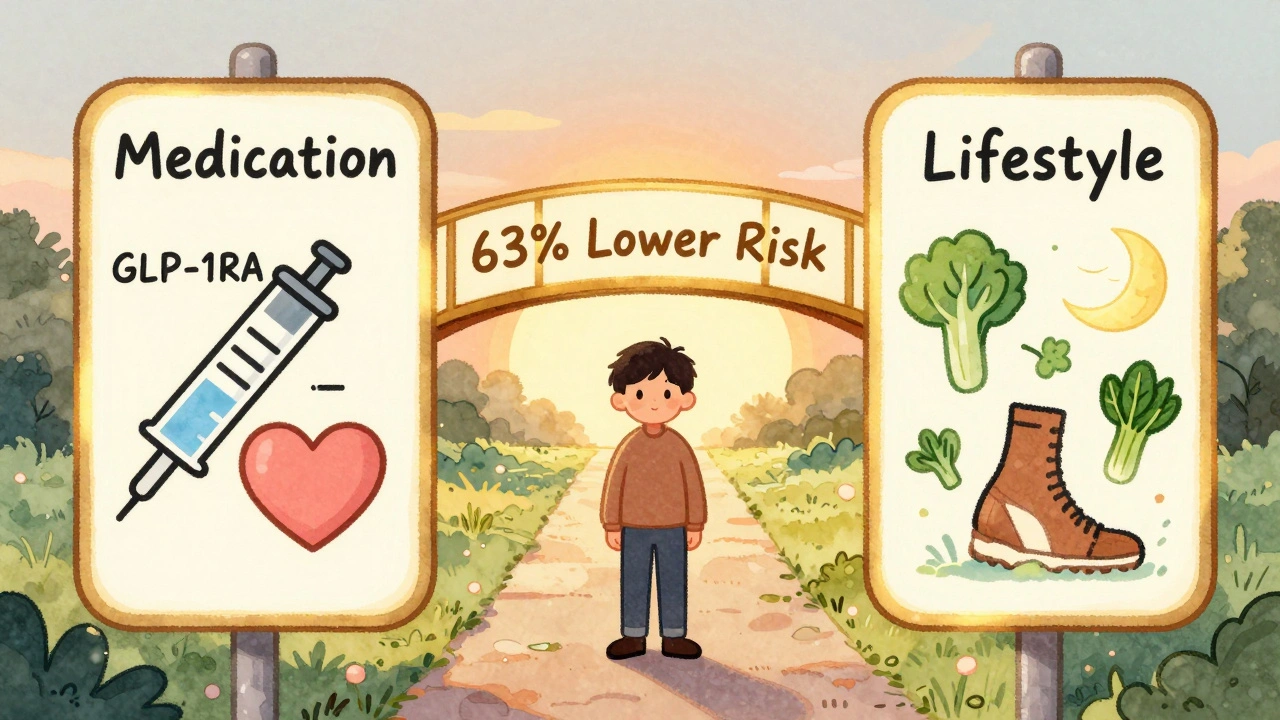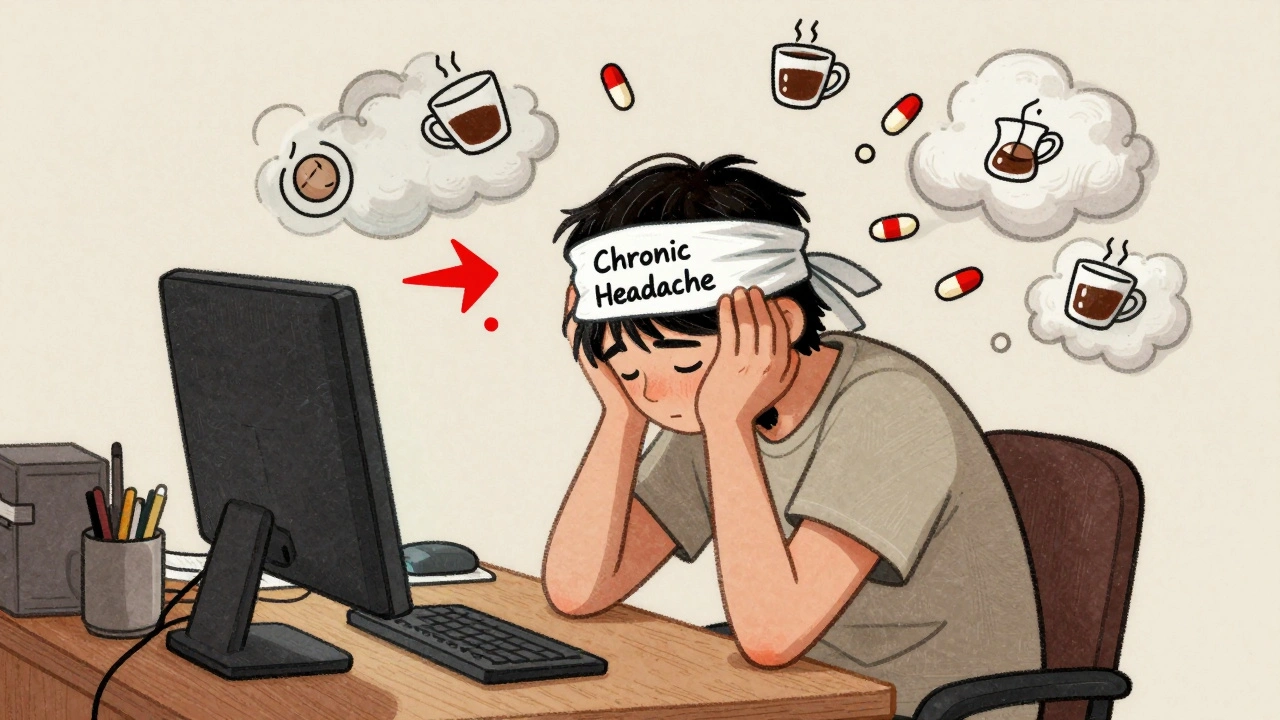gout treatment alternatives
When looking for gout treatment alternatives, non‑surgical methods that lower uric acid or calm joint inflammation. Also known as uric‑acid management options, they are essential for anyone who wants to avoid painful flare‑ups. One key target is uric acid, the compound that crystallises in joints and triggers the classic gout attack. Reducing its buildup can be done with medicines such as colchicine or allopurinol, and through lifestyle changes like diet, weight control and hydration. Below we break down how these pieces fit together and why they matter for long‑term relief.
Key categories of gout treatment alternatives
First, gout treatment alternatives fall into three broad groups: urate‑lowering drugs, anti‑inflammatory agents, and lifestyle‑based strategies. Urate‑lowering drugs attack the root cause – excess uric acid. Allopurinol, febuxostat and newer agents such as lesinurad block the enzyme that creates uric acid, keeping blood levels in the safe zone. These medicines often require a gradual dose increase and periodic blood‑test monitoring, but once steady they can prevent new crystal formation altogether. Anti‑inflammatory agents, by contrast, target the pain and swelling of an active flare. Colchicine works by inhibiting the inflammatory response of white blood cells, while NSAIDs like ibuprofen or naproxen provide rapid pain relief. Corticosteroid shots are another option for those who cannot tolerate oral meds. The choice between colchicine and NSAIDs often depends on kidney function, heart health and how often flares occur. Finally, lifestyle‑based strategies address the external triggers that push uric acid over the edge. Limiting purine‑rich foods – red meat, organ meats, certain seafood – cuts down on uric acid production. Alcohol, especially beer, and sugary drinks raise uric acid and should be reduced. Staying well‑hydrated helps the kidneys flush out excess uric acid, while steady weight loss lowers the overall burden on joints and improves insulin sensitivity, which indirectly reduces uric acid levels. Some patients also benefit from supplements like vitamin C, which modestly lowers uric acid, and from cherry extracts that have shown anti‑inflammatory effects.
Choosing the right mix of alternatives is a personal decision. Doctors consider factors such as kidney function, cardiovascular risk, frequency of attacks, and how the patient responds to previous treatments. For example, a patient with mild, occasional flares may rely mainly on diet tweaks and occasional NSAIDs, while someone with frequent attacks might need a daily urate‑lowering drug plus colchicine during an acute episode. Monitoring is essential: regular blood tests track uric acid levels, and side‑effect checks ensure the chosen regimen stays safe. Below you’ll find a curated set of articles that dig deeper into each of these areas. From detailed comparisons of colchicine versus other anti‑inflammatory medicines to practical guides on how to adjust your diet, the collection gives you the facts you need to build an effective, personalised gout‑management plan.
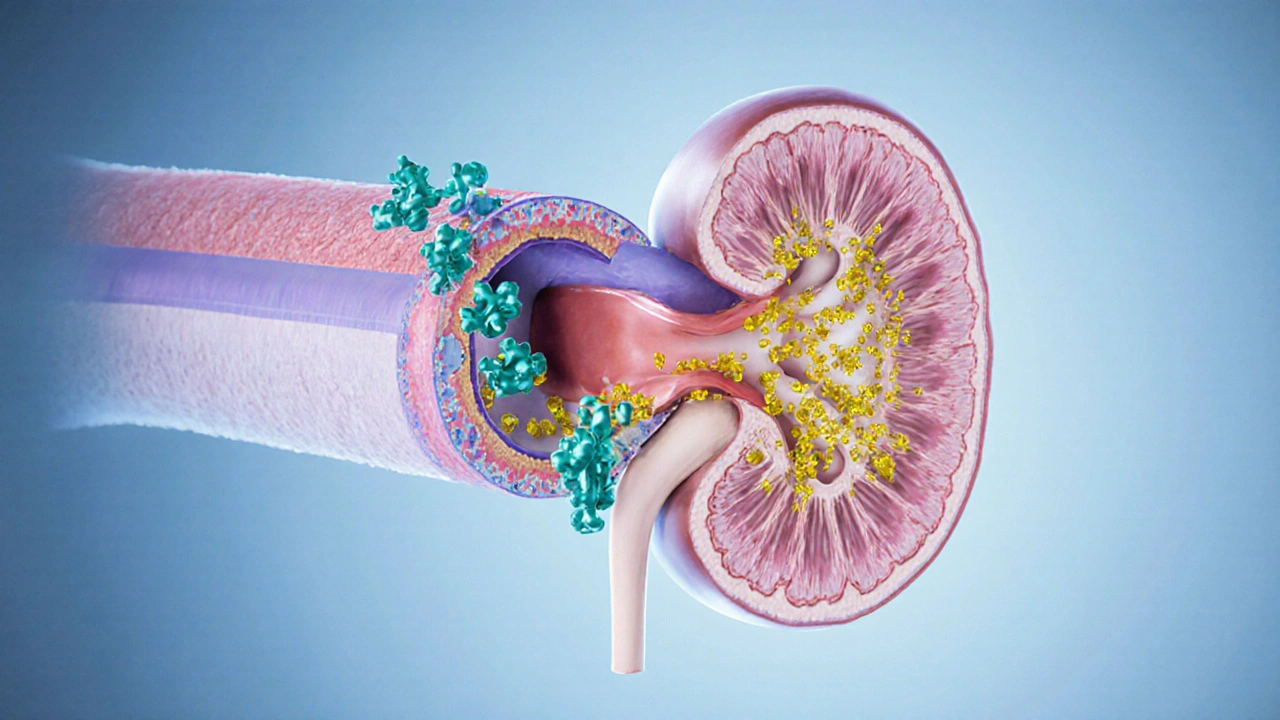
Benemid (Probenecid) vs Other Uric Acid Medications - Comparison Guide
A detailed comparison of Benemid (Probenecid) with gout alternatives, covering mechanism, safety, dosing, and when each drug fits best.

